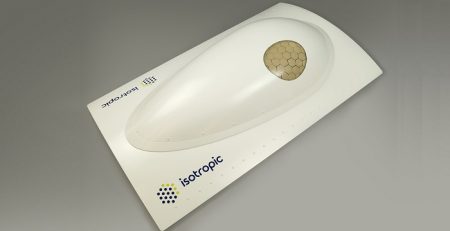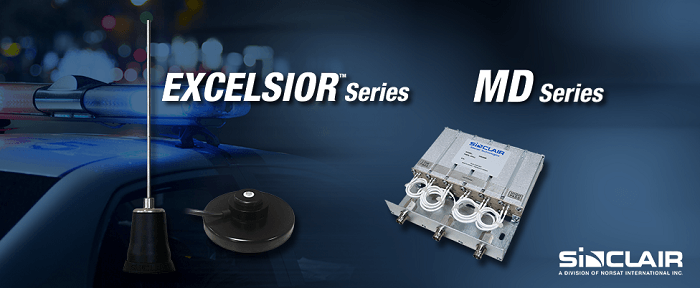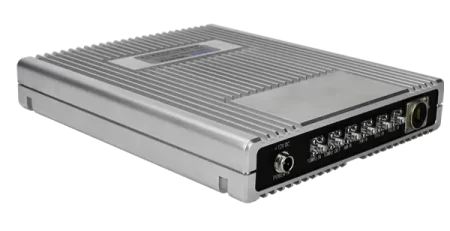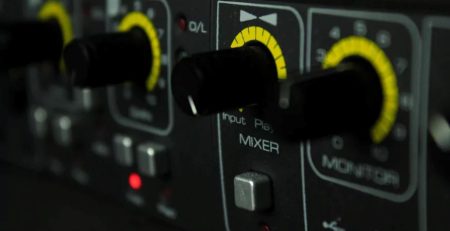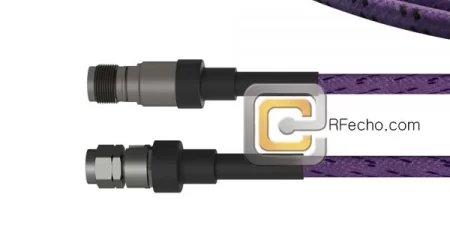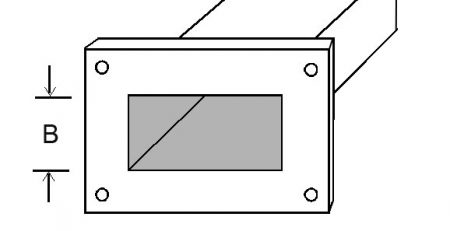Standard Gain Horn Antennas: A Guide to Choosing the Right Gain
Picking the best Standard Gain Horn Antenna is super important for engineers and buyers working on radio systems. These systems include stuff like radar, testing, and communication. The antenna’s gain, measured in dBi, affects how strong and clear the signal is. If you choose the wrong gain, you might get weak signals or bulky equipment. And that can mess up your setup.

Understanding Standard Gain Horn Antennas
A Standard Gain Horn Antenna is a special tool that sends and catches radio waves with great focus. Its horn shape pushes energy into a tight beam. This makes it perfect for jobs needing exact signal control. RFecho’s antennas, like the WR-340, WR-51, WR-430, and WR-34, work across frequencies from 1.7 GHz to 33 GHz. They fit many industries.
Here’s what makes them cool:
- They handle a wide range of frequencies. This makes them super flexible.
- They focus signals tightly. This cuts down on unwanted noise.
- They work well even in tough places.
These antennas are used for:
- Testing electromagnetic compatibility (EMC).
- Sending signals in microwave systems.
- Measuring antenna patterns.
- Helping with radar and satellite signals.
RFecho’s Standard Gain Horn Antennas are built for accuracy. They offer gains from 10 dBi to 25 dBi to match your needs.
Why Antenna Gain Matters
What Is dBi and Why It’s a Big Deal
The term dBi shows how much an antenna boosts a signal compared to a basic radiator. It tells you how well the antenna sends energy in one direction. A higher dBi means a stronger, tighter signal. But it covers a smaller area. For example, a Standard Gain Horn Antenna with 25 dBi is great for faraway signals. But it might not work for wide testing areas. Knowing dBi helps you avoid weak signals or oversized gear. High-gain antennas (20–25 dBi) focus signals sharply. Low-gain ones (10–15 dBi) spread signals wider. So, dBi is a key part of picking the right antenna.
Standard Gain Horn Antenna dBi Selection: Key Tips
Choosing the right dBi for a Standard Gain Horn Antenna depends on a few things:
- Frequency range: Pick an antenna that matches your system’s frequency, like 1.7 GHz to 33 GHz.
- Job needs: Radar needs high dBi (20–25 dBi) for tight focus. Testing often needs lower dBi (10–15 dBi) for wider reach.
- Space limits: Think about size and weight. Higher-gain antennas are usually bigger.
- System fit: Make sure the antenna works with your setup, like WR-340 or WR-51 waveguides.
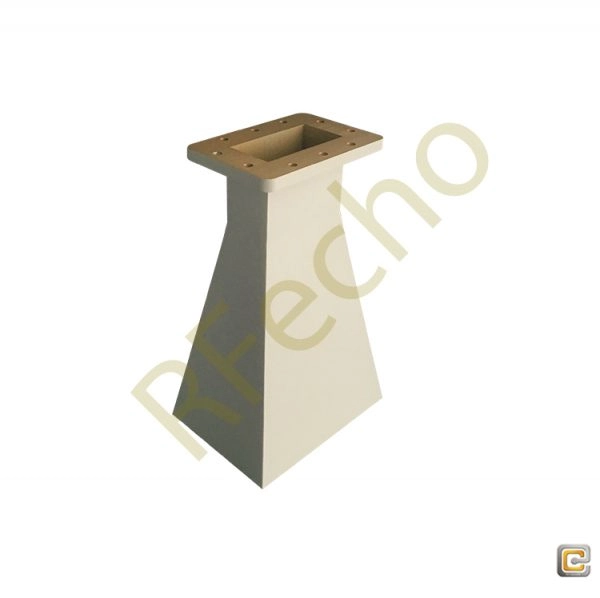
Comparing Gain Levels: 10 dBi, 15 dBi, 20 dBi, and 25 dBi
RFecho has a bunch of Standard Gain Horn Antennas with different gains for various jobs. Here’s a quick look:
| Gain (dBi) | Frequency Range (GHz) | Waveguide | Uses | Cool Features |
| 10 dBi | 2.2–3.3 | WR-340 | Short-range testing, small systems | Tiny size, wide signal spread |
| 15 dBi | 15–22 | WR-51 | EMC testing, mid-range signals | Good mix of gain and coverage |
| 20 dBi | 1.7–2.6 | WR-430 | Microwave systems, radar | Wide reach, decent focus |
| 25 dBi | 22–33 | WR-34 | Long-range radar, 5G testing | Super focused, tight beam |
This chart shows how each antenna performs. Low-gain antennas (10–15 dBi) spread signals wide, which is great for EMC testing. High-gain ones (20–25 dBi) send tight, strong signals for far-away or high-frequency jobs like 5G testing. The choice depends on whether you need a wide spread or a sharp focus.
How to Choose the Right Standard Gain Horn Antenna
Picking the best Standard Gain Horn Antenna is easy if you follow these steps:
- Check frequency and job: Find your system’s frequency, like 1.7–33 GHz. Think about the task, like 5G testing or satellite signals.
- Look at gain needs: Pick high dBi (20–25 dBi) for far, focused signals. Choose low dBi (10–15 dBi) for wider coverage.
- Match waveguides: Make sure the antenna fits your system, like WR-340 or WR-51.
- Think about toughness: Check if the antenna can handle tough places, like outdoor radar setups.
RFecho’s antennas are made to fit easily and work well. They’re strong enough for big jobs in telecom, airplanes, and testing.
RFecho: Your Go-To Standard Gain Horn Antenna Supplier
RFecho is a top name in radio and microwave gear. They’re experts in Standard Gain Horn Antennas. Their antennas offer gains from 10 dBi to 25 dBi and cover frequencies from 1.7 GHz to 33 GHz. These work great for telecom, airplanes, and testing. RFecho builds their products with care. This means you get strong, reliable antennas that meet tough industry rules. Their big catalog and know-how make them a great choice for engineers needing solid radio solutions.
RFecho: A Top RF Switch Maker
RFecho also makes awesome RF switches, like SP4T, SPDT, and SP16T coaxial switches. These are used in 5G, wireless setups, and testing. For example, their Absorptive Coaxial SP4T Switch (0.5–43.5 GHz) has low signal loss and great isolation. It lasts up to 1 million cycles. These switches work well with RFecho’s antennas. Together, they offer complete radio solutions for industries needing strong signal control.
FAQs About Standard Gain Horn Antennas
Q1: What is a Standard Gain Horn Antenna and how does it work?
A: A Standard Gain Horn Antenna is a focused antenna that sends radio signals in a tight beam. Its horn shape guides waves through a waveguide. This makes it great for radar and testing.
Q2: How do I pick the right dBi for my Standard Gain Horn Antenna?
A: Look at your job’s needs. Lower dBi (10–15 dBi) is good for wide coverage. Higher dBi (20–25 dBi) suits far, focused signals. Check frequency and space, too.
Q3: What’s different between high-gain and low-gain Standard Gain Horn Antennas?
A: High-gain antennas (20–25 dBi) send tight, strong signals for long distances. Low-gain ones (10–15 dBi) spread signals wider for close-range or testing jobs.
Q4: Are Standard Gain Horn Antennas good for 5G testing?
A: Yes, Standard Gain Horn Antennas with high frequencies, like 22–33 GHz, work well for 5G testing. They’re precise and focused.
Find RFecho’s Radio Solutions
Want the perfect Standard Gain Horn Antenna for your project? Check out RFecho’s catalog. They have gains from 10 dBi to 25 dBi. Talk to their team for help picking the right antenna or RF switch for your telecom, airplane, or testing needs.


